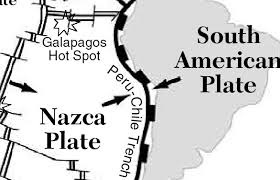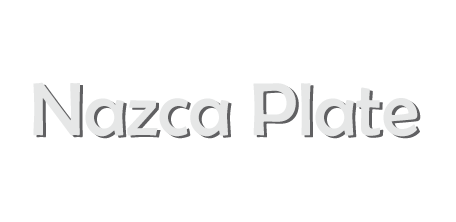
We are all aware about the fact that tectonic plates are pieces of the earth’s crust. One such important division is the Nazca Plate. A major tectonic division of the earth’s crust, the Nazca Plate is bordered by the vast Pacific Plate on the west, by the Antarctic Plate on the south, on the north lies the Cocos Plate and it shares a small convergent boundary with the Caribbean Plate to the northeast. Also, it shares a convergent boundary with the South American continental plate, along which it is being subducted under the continent. The Chile–Peru trench marks the subduction of the Nazca Plate under the South American Plate and this trench lies offshore and is full of deposits of metals. The Nazca Plate is named after the Nazca region in southern Peru.
About 250 million years ago, different crustal plates forming the landmass of the Earth were joined together with the super continent Pangaea. Due to the breakup of the Pangaea and its southern portion Gondwana, these plates were dispersed outwards where they took form and shape of the continents. The collision or convergence of the continental South American plate and the oceanic Nazca Plate gave rise to an orogeny or a mountain building activity that produced the Andes Mountains. About 170 million years ago, the eastern edge of the Nazca Plate was subducted under the western edge of the South American plate. This subduction–uplift process was accompanied by an intrusion of considerable quantities of magma, first in the form of volcanic arc and later by injecting hot solutions into the surrounding continental rocks resulting in the concentration of valuable minerals such as quartzite, shale marble, siltstone and limestone which resulted in subsequent human occupation of the Andes. The tectonic process which resulted in the creation of the Andes Mountains still continues and the larger circum–Pacific volcanic chain is called the Ring of Fire which remains active and is prone to devastating earthquakes and volcanoes in the region.
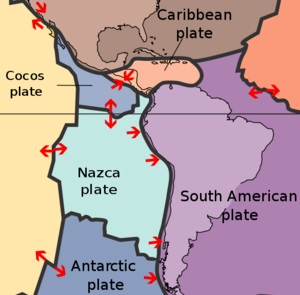
Out of the eight major tectonic plates, the oceanic Nazca Plate is the fastest moving plate in the Pacific Ocean. The plate is about 15,600,000 km in size. Moving in the eastward direction towards the South American Plate, the estimated speed of the Nazca Plate has been around 3.7 cm per year over the past 23 million years.
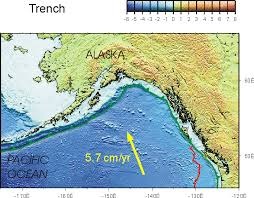
The continuing subduction of the oceanic Nazca Plate under the continental South American Plate results in sediments from the ocean floor being scraped off in a process called obduction. Obduction also creates wedges or prism on the continental South American Plate. Layers of metamorphosed deformed sediments and parts of the ocean crust are thrust into these wedges and prisms, along the thrust planes of South American Plate, adding to the size of the continent.
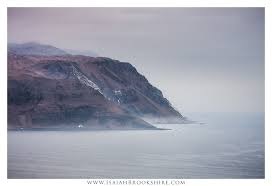
The Nazca Plate forms a five triple junction of three tectonic plates. It also forms a Ring of Fire along its boundaries with the other neighbouring Plates and a majority of the volcanoes occur in this Ring of Fire. This horse–shoe shaped ring is home to about 452 active and dormant volcanoes. The volcanoes erupting due to the subduction of the Nazca Plate have formed landmasses above the sea level namely, Galapagos, Easter, Juan Fernandez and San Felix. Apart from many island volcanoes near its boundaries, the Nazca Plate also has many submarine volcanoes located near the centre of the plate by following the East Pacific Rise.
